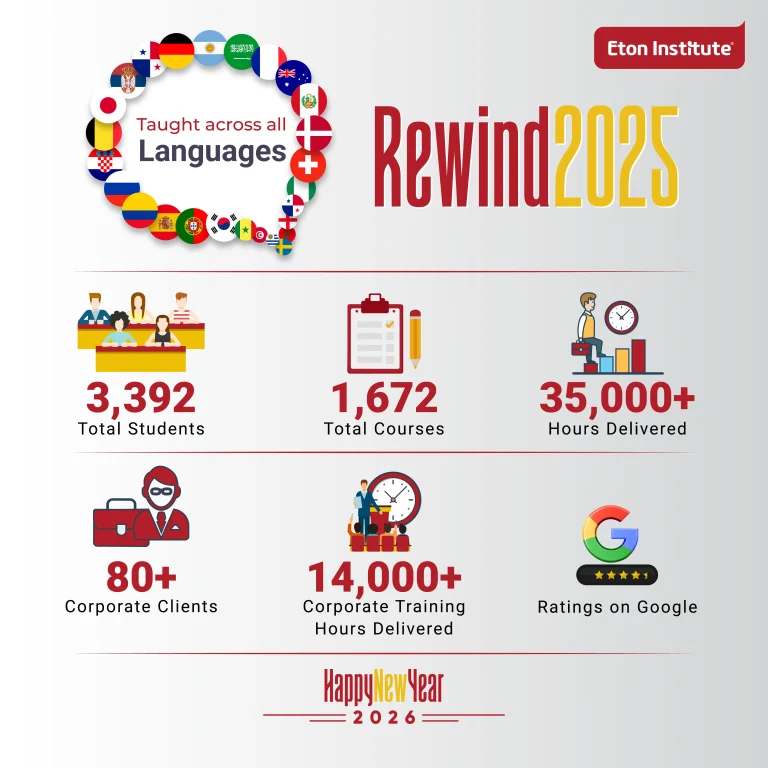American Sign Language for Corporates
American Sign Language (ASL) is a completely organised natural visual language for hearing-impaired and hard-of-hearing individuals. It is not a universal sign language, as none is, and is used mainly in North America and some parts of Canada.
ASL has the same linguistic properties as spoken languages but its grammar differs from English grammar. Moreover, word formation, word order, facial expressions, and pronunciation are also distinct from other sign languages.
This language is not limited to educational institutes but is also being adopted as a powerful sign language for the workplace. It is because, nowadays, work cultures are becoming more inclusive and want to use innovative approaches to increase output.
Why is ASL significant for corporates?
In the corporate sector, American Sign Language holds significance in terms of diversity and inclusion since deaf people face a lot of discrimination in the workplace. However, also in educational institutes, deaf people face discriminatory behaviour and hostile attitudes resulting in creating communication barriers. This type of behaviour is referred to as “audism” which makes people believe that the ability to hear makes one superior to those who don’t have this ability.
Audism can negatively affect a deaf person’s mental and emotional health, learning ability, and academic and social development which are also the possible consequences of language deprivation. The long-term effects might be seen in the individual’s regular work life and corporate activities where there is a lot of interaction with other people on a daily basis.
This gives rise to the necessity of creating opportunities for deaf and hard-of-hearing individuals to learn ASL. Although ASL is not the most popular sign language in terms of usage, it is the most popular sign language that encourages inclusivity and diversity.
What benefit do corporates get through ASL?
Learning ASL can make a business accessible to a large number of people regardless of their hearing ability. Hiring employees who can use sign language or arranging language learning programs can enhance inclusivity and give a nice gesture.
Accommodating deaf individuals with interpreters can enrich the work environment and make business operations more efficient. This way, businesses can effectively reach clients, associates, and business partners and get across ideas smoothly with the help of interpreters or trained individuals.
Deaf individuals working in corporate companies possess as much talent as their hearing counterparts but cannot excel due to difficulty in communication. Fulfilling the needs of such people encourages them to show and enlarge their talent and enhance productivity for the business.
As for hearing-impaired customers, sign language is a great way to communicate and promote business. This makes them feel more welcome and act like normal individuals who can become potential customers.
Institutes working on inclusion and diversity
In addition to lots of other institutes, some of the popular ones that consider inclusiveness and diversity their core values are:
National Association of the Deaf (NAD)
NAD is a civil rights organization that advocates the rights of deaf, DeafBlind, DeafDisabled, hard of hearing, and late-deafened people in the United States of America. It protects, preserves, and promotes the civil, human, and linguistic rights of such people.
University of Iowa
The University of Iowa offers courses to teach American Sign Language (ASL) in a facilitated environment. It also collaborates with communities to solve issues related to inequity thereby promoting the principles of diversity, equity, and inclusion.
Moreover, the university, through campus events and local community activities, educates and makes people aware of equity regarding ASL.
University of Minnesota
The University of Minnesota teaches ASL to individuals by creating a learning culture that welcomes everyone to learn and advance human understanding. It offers an enriched learning environment to all regardless of age, gender, culture, gender identity, socioeconomic status, beliefs, and many other discriminatory factors.
Conclusion
American Sign Language is a powerful sign language for ensuring an equitable workplace environment. Including deaf individuals in carrying out business operations by providing them with a favourable environment can increase productivity. This can be achieved by providing individuals with arranging ASL learning programs, hiring interpreters, and actively recruiting deaf and hard-of-hearing employees.
Moreover, several institutes offer ASL learning programs which can be accessed as a more professional source of learning ASL. Trained individuals will then carry the professional attitude learned from these institutes into their jobs thereby enhancing efficiency.
Looking to improve communication at your workplace with ASL training solutions? Learn more.

